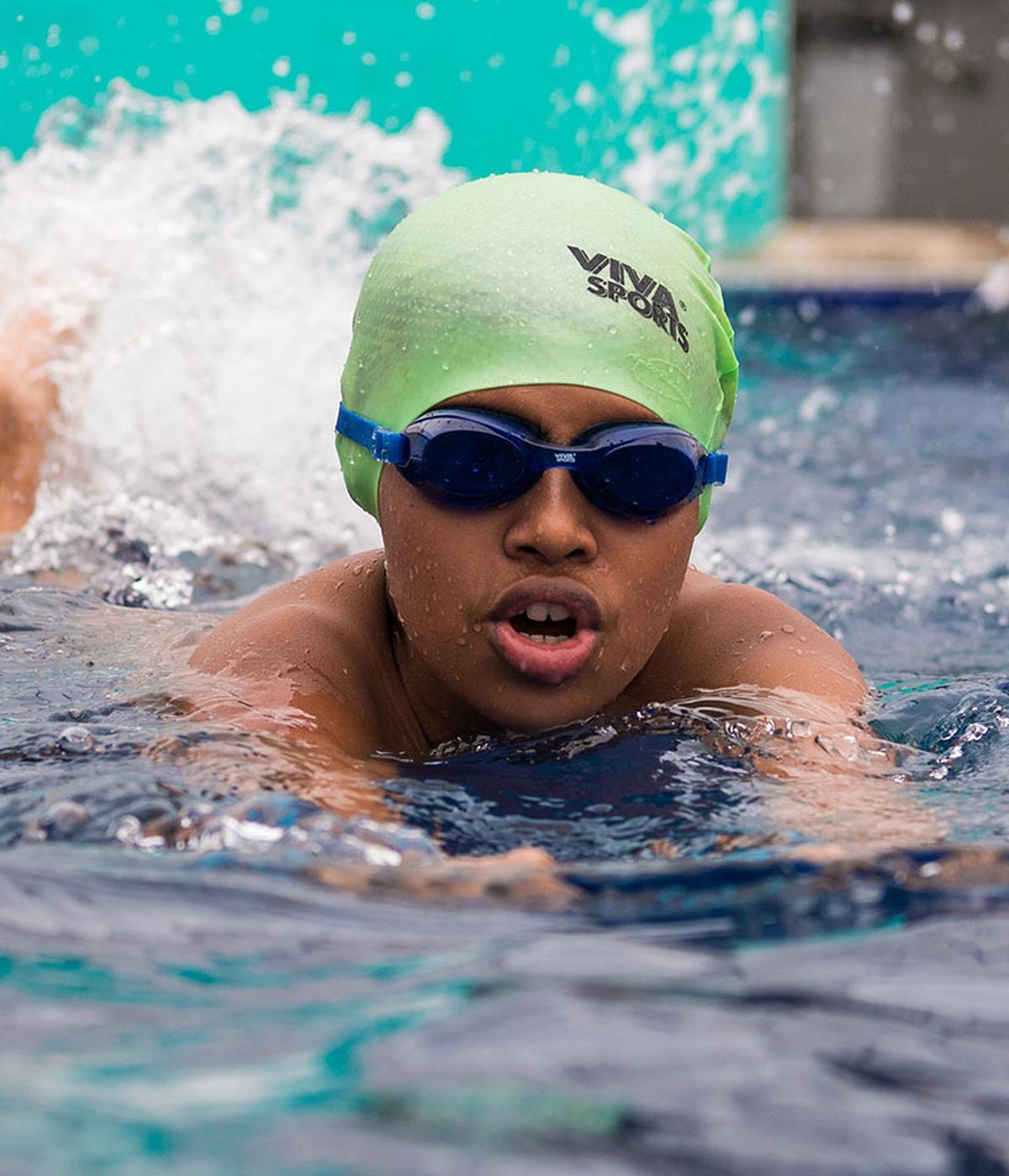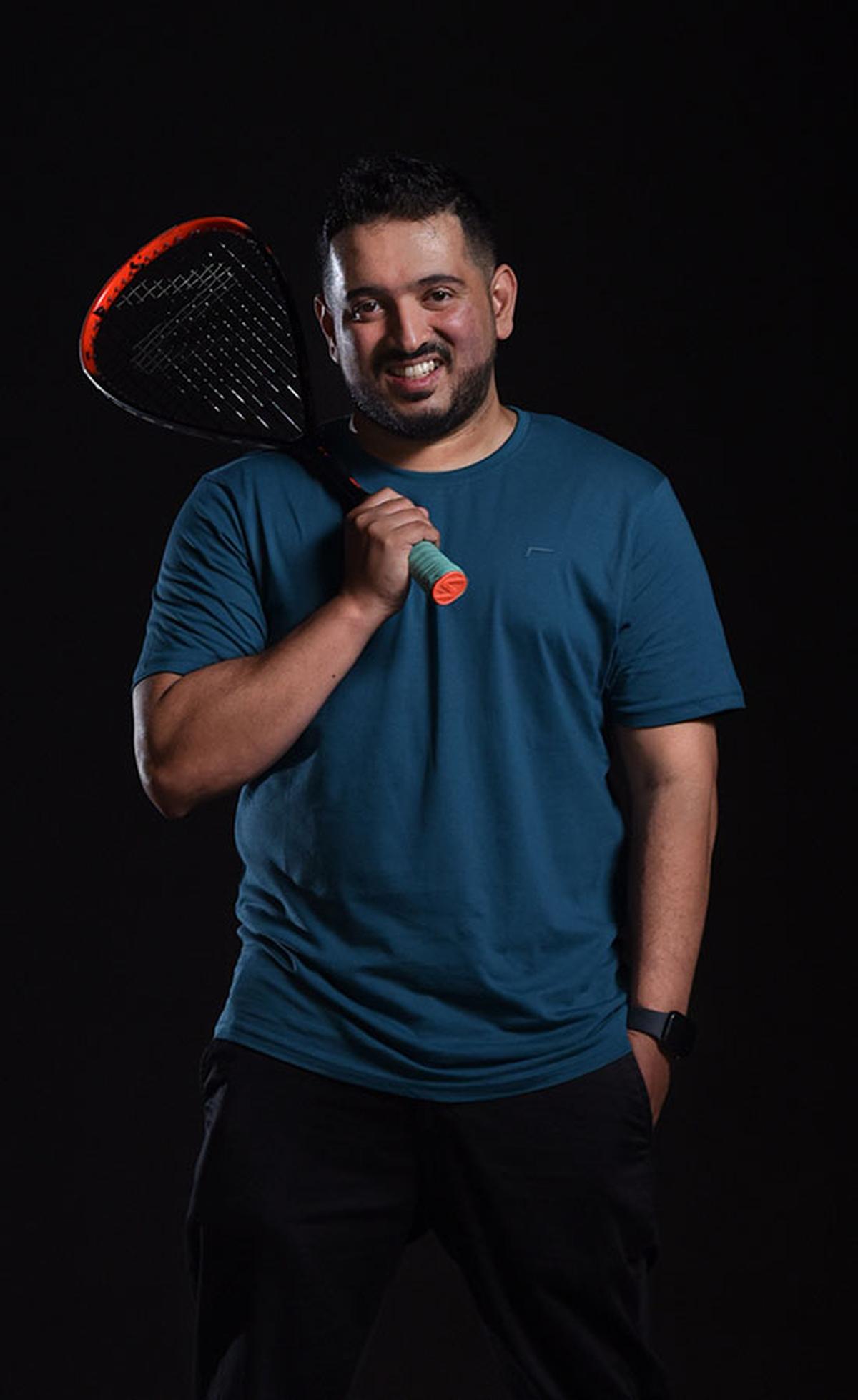It is a comfortable life, if you have the money. However, the flow of money and resources seem to have reduced the physical activity of people, making them more dependent on machines and leading to an increasingly sedentary life.
To be healthy, you need to have physical activity and be constantly engaged mentally. Sports offers a ready solution. You play sports not only to entertain yourself or others, but lead a happy and healthy life.
Now you want anything, it gets delivered at your door step. There is no need to even go to a nearby shop or the market. You have all the time to stay glued to your phone for entertainment.
Mobile phones the culprit
When I look around inside the metro train while returning from office, I find people fully engrossed with their mobile phones.
One thing that is more common than the use of phones is the way the people pounce on seats as and when people vacate as most don’t have the energy to stand for long, irrespective of age.
Well, it may paint a gloomy picture, but it is reality.
The drive for physical fitness is one area that seemed to have captured the imagination of the young and old alike. A routine visit to the local gym, and a good work out on the apparatus of their choice, and brisk running on the treadmill seemed to have solved the problem of physical inactivity in public. But, it calls for tremendous discipline to stick to a gym routine.
Ask Sudeep Kulkarni, the founder and CEO of Game Theory that is focused on providing enjoyable sports experience with the support of technology to the common man who finds time to engage in sports at any level.
Sudeep realised that sports offers the solution to all of life’s problems.
“Sports is inherently exciting. You won’t think about the bills to pay when there is a ball in front and you are running towards it,” Sudeep said, as we engaged in a conversation.
“Essentially, sports is almost a weekend fun activity. People do not have a reliable way to play consistently and well. The trick is having people of the same skill level playing each other regularly,” said Sudeep, even as he matched it with the success of video games.
“Sports excellence is more comparative at the recreational level, than being competitive. Am I better than you?! That is my only worry. If we can have a comparative element going, then people get more interested in playing.
“That is what video games achieve. So, we are building a video-game like experience for real sports. That is achieved by converting a regular badminton or squash or table tennis court into a smart court, with cameras, screen etc.,” explained Sudeep, quite happy to drive sports into the life of about 30,000 people every day in about 15 centres across the city of Bengaluru.
Gauging skill and grouping according to their level is done through “computer vision”.
“We do a lot of analytics on your game, understanding how you play. We are now able to figure out everything about the game that is available to a professional athlete, and bring it to anyone who gets on court to play the game. There is so much data available, which when put together meaningfully can provide pointers on how to grow in the game. It helps to arrive at conclusions and insights that are meaningful to our customers,” said Sudeep, giving an insight into technology that is helping players improve and enjoy sports more.” No wonder they get glued to the sports for long. It is fun, there is growth, and is quite healthy.
Badminton is the fastest growing sports in the country after cricket. Technology has dissected the game so much and delivers data instantly to give clarity on one’s game and what needs to be done to step up the game.
Computer vision engine
“The computer vision engine understands everything about your game play. It identifies where the shuttle is like a hawk eye. It measures everything and is able to compute what kind of shots you are playing, what is the speed of the shuttle when you hit it, are you a hard hitter or a placer. Eventually, it tells your skill level,” said Sudeep.
“The same technology can read your shot patterns and compare it with State and National-level players. There is constant monitoring by computer vision to see whether the growth pattern signals something special and that a particular kid can go far,” said Sudeep.
Such talent identification also provides clear pointers for the parents of the children to pursue the path of excellence. Whether you play for recreation or trying to become a world beater, the path is the same, and there is enough data to help anyone.
“Most of the time, parents don’t know much about the game when the child is getting coached. They want to be involved and know the progress. Now we can show data. If you played a forehand drop drill yesterday and you played the same shot three months back, we can combine the two videos and show you real progress. We can show you strength and progression,” said Sudeep, emphasising the importance of having the parents in the loop for the healthy growth of the child in the world of sports.
When there is progress, parents get more involved and keep their kids in the sport longer, which helps in the long-term training of them in the best possible way. “This way, we can develop a culture of sports which will help the country achieve more medals at higher levels,” said Sudeep.
The process has been nicely put in place for badminton, and it is being worked out for squash. It is already being used in swimming. The basics of technology are the same, and it is up to the experts to tailor it to suit the needs of different games.

“There is computer vision, the engine behind all these things. It is tracking objects, people. You have to just put a car around it. You can choose which car you want to build. There is some work involved, but you are not reinventing something,” he explained.
Analysis of strength and weakness
“It will not take us much time to get it ready for squash. We can analyse the weakness or strength of the players. Where do the maximum forced or unforced errors come from, and from which part of the court. Where should you play the shot,” he said.
With such useful analysis and broadcast quality videos delivered in quick time, the smart courts swarm with activities most of the time.
Coming back to the start, Sudeep pointed out that sports would soon become the best way forward for every citizen.
“The amount of calories burnt in an hour of playing feels effortless at the end of the game, and leaves you wanting for more. In comparison, the fitness activity feels so tiresome,” he said.
Even though not much is being charged additionally for playing on the smart courts as compared to the normal courts, Sudeep does feel that the public at large is willing to spend more on sports.

“Now is the time to ensure technology is available to these customers. Am sure, bigger business will be built in sports, even at the recreational space itself,” he pointed out.
Sudeep is also confident that venture capitalists will continue to plough money into sports as the investments would help in the speedy and healthy growth into a bright future for everyone.
Affordable
The unique point of Sudeep and his 100-odd team of people in Game Theory is that they have made technology affordable.
The idea is to keep installing the smart courts city after city and possibly get into the international market at some stage. And of course, the smart engine, the core of technology can be fitted into different games, across the spectrum.
More than building the smart courts, and letting technology take over in driving sports, Sudeep and team have done something more smart. They have made playing sports effortless and enjoyable.
“We got a few basics right at the start itself. We made the facilities very good and clean. When you walk into a Game Theory centre, everything is hygienic. Rest rooms are there. We have showers in all our places. It makes it convenient for people to play and go to office. By doing that, our utilisation rate is almost full,” he said.
Apart from people playing for health and recreation, the company is also having around 1500 kids in coaching programmes. It is just the starting block. There is so much more to come.
“If you are asking me about the impact of technology, I cannot answer you yet! Some of the technology we have built is yet to be deployed,” Sudeep said.
Elevating the experience
Sudeep, for sure, is proving that the integration of sports and technology can elevate the sporting experience of people from all walks of life.
Quite commendably, Sudeep and his team also utilise the facilities to provide access to sports for the less privileged through the Game Theory Foundation.
The game theory is simple: enjoy sports everyone, technology is with you!

